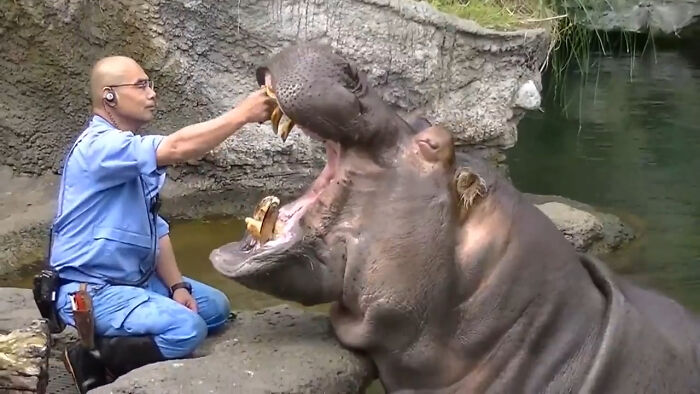In all the time we humans have been discovering and describing the world around us, we’ve only just scratched the surface. In fact, scientists have estimated that there are about 8.7 million species of plants and animals in existence, however, only around 1.2 million of them have been identified and described so far (most of which are insects). This means that millions of other organisms remain a complete mystery. Here are interesting animal facts shared by Awwducational.
1. Arctic Foxes Are ‘Ecosystem Engineers’ Who Grow Beautiful Gardens. Organic Waste From The Foxes & Their Kills Make The Area Surrounding Their Dens More Fertile, Leading To Almost Three Times As Many Dune Grasses, Willows & Wildflowers To Sprout Up, Compared To The Rest Of The Tundra
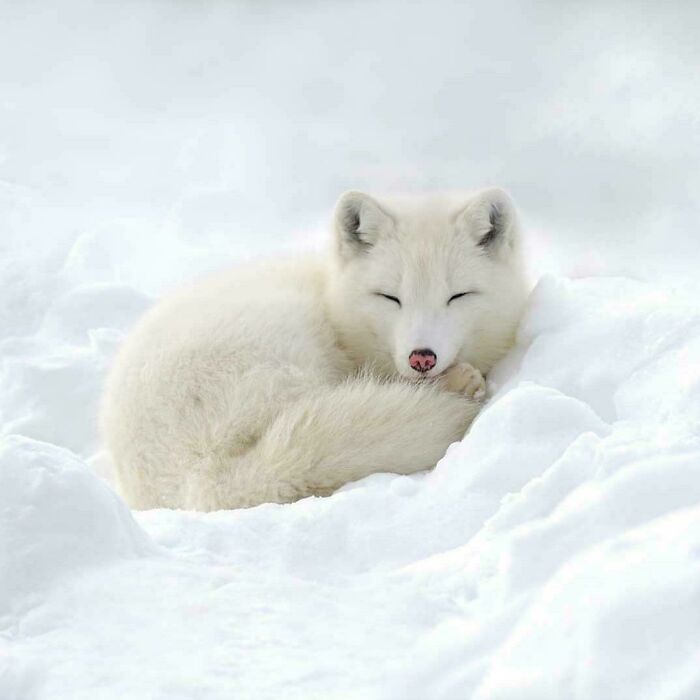
2. Bat Toes Are Specially Designed To Relax In A Locked Position. This Means That When Bats Are Clinging On To The Roof Of A Cave Or Tree, They Are Actually Relaxing Their Feet
It takes energy to release their grip and open up their little toes before taking off to fly in the night
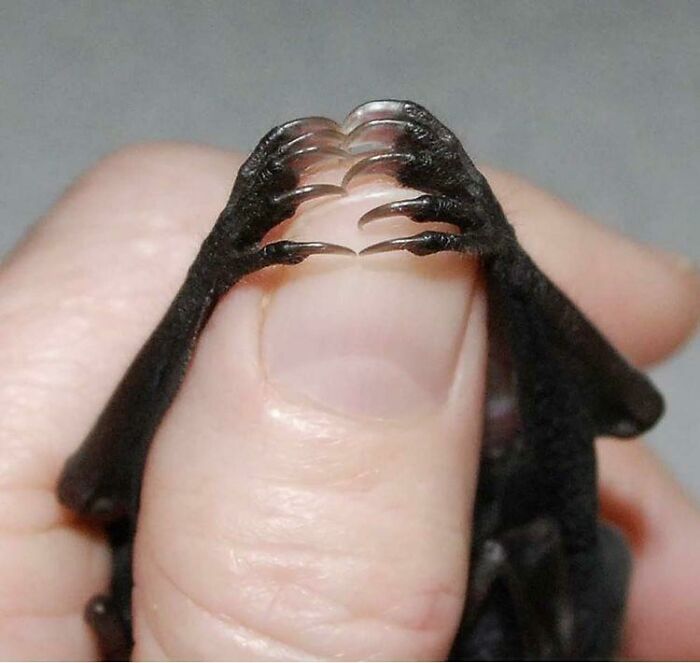
3. The Australian Western Pygmy Possum Is Actually One Of The Largest Pygmy Possums In The World Despite Being No Larger Than A Typical Kiwi Fruit
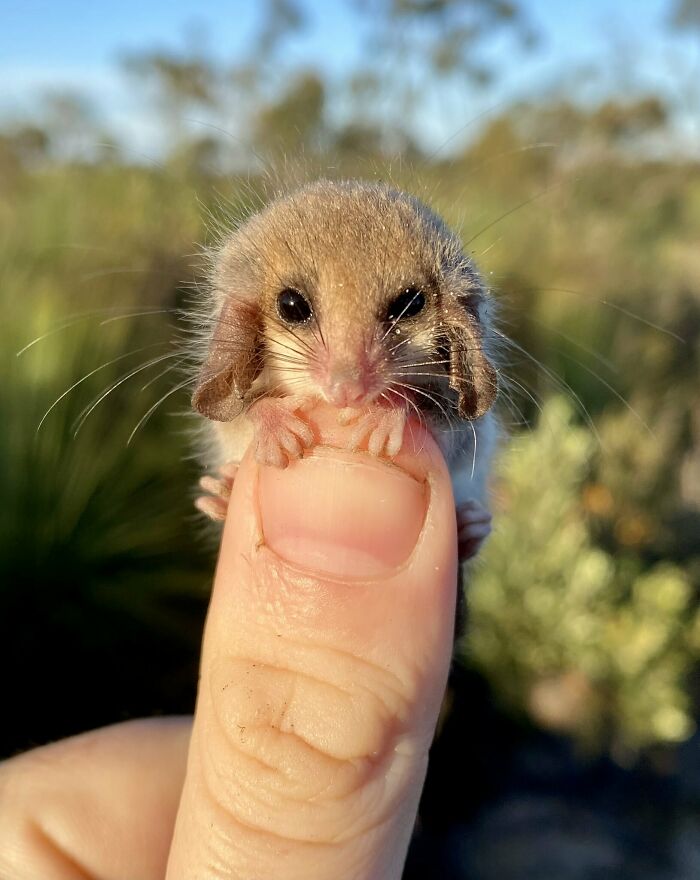
4. The Resplendent Quetzal Is A Sacred Symbol In Mesoamerica And Guatemala’s National Bird, Pictured On The Country’s Flag. They Favor Eating Fruit In The Avocado Family, Eating Them Whole Before Regurgitating The Pits. Essentially Making Them The Avocado “Gardeners” Of Their Forest Habitats
They favor eating fruit in the avocado family, eating them whole before regurgitating the pits. Essentially making them the avocado “Gardeners” of their forest habitats.
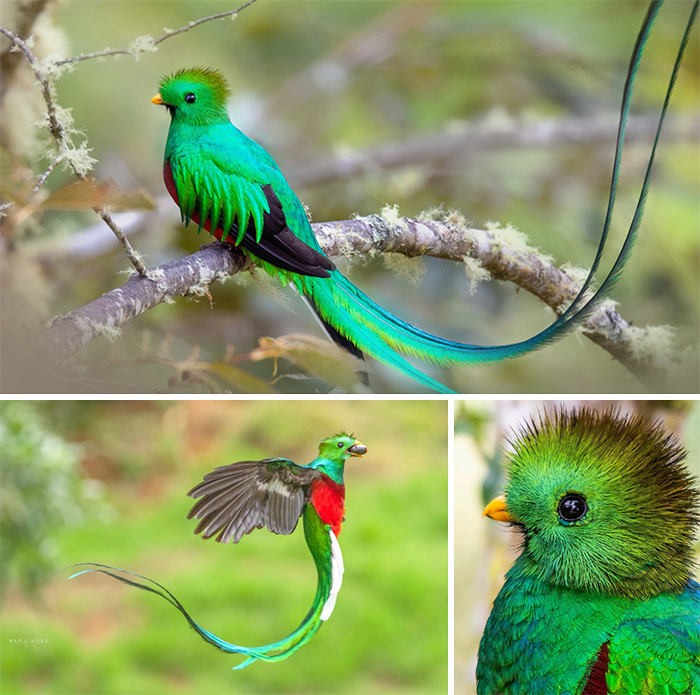
5. Although It Takes Newborn Elephants Only A Few Hours To Master Standing And Walking, They Need 1 Year To Figure Out How To Use Their Trunks To Drink Water
In the meantime they will flop around as they try different techniques to control it
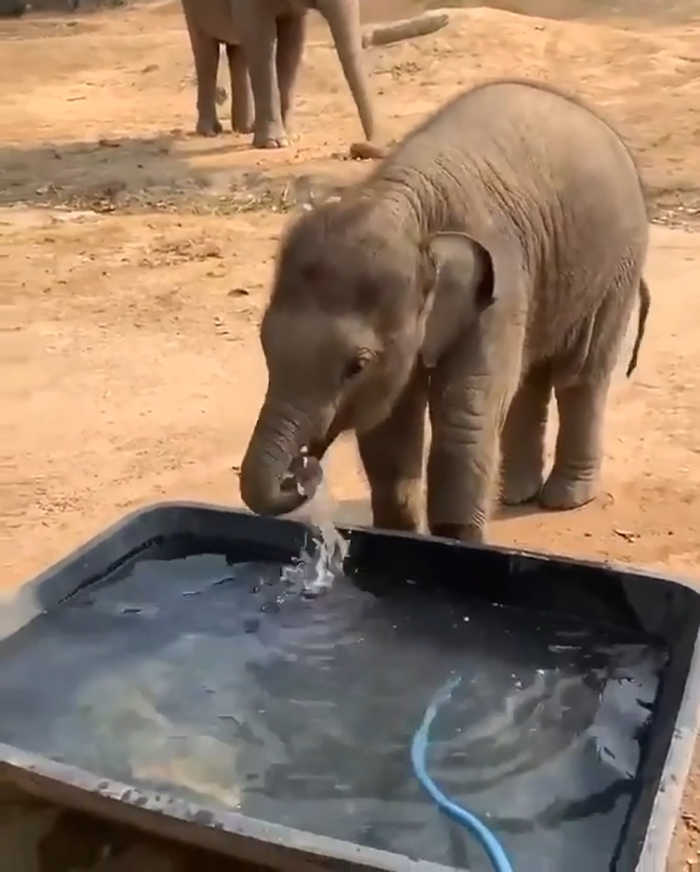
6. The Maned Wolf Is The One Of Largest Canid In South America. This Species Is The Only Member Of Its Genus. Although Technically, It Is Not A Fox Or A Wolf. Its Long Legs Are Likely An Adaptation To The Tall Grasslands Of Its Native Habitat
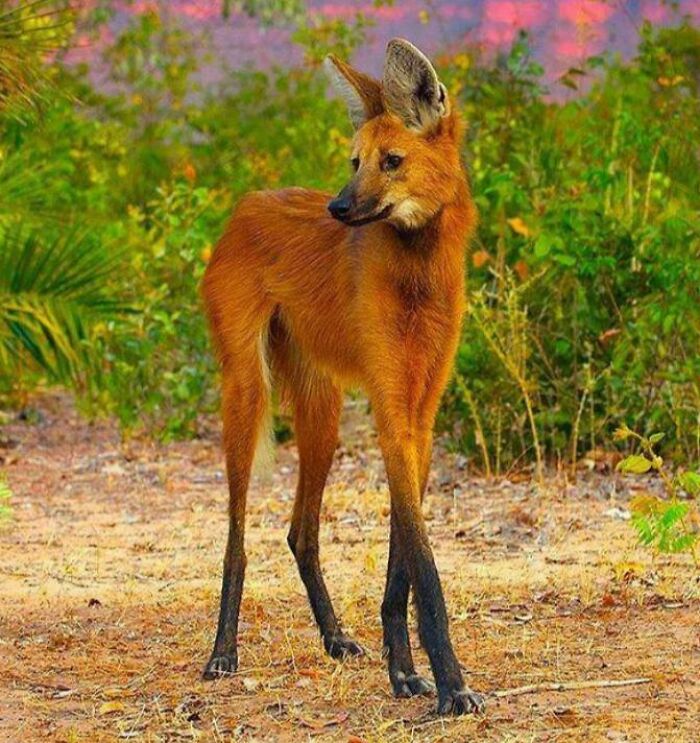
7. The Wild Iberian Lynx Population Has Increased Tenfold In The Last Two Decades, From 94 Individuals In 2002 To 1,111 Lynxes In 2021, A True Success Story Owing To Conservation Efforts And Public Awareness. Listed As “Endangered”, The Lynx Lives In Fragmented Wilderness Areas In Spain And Portugal
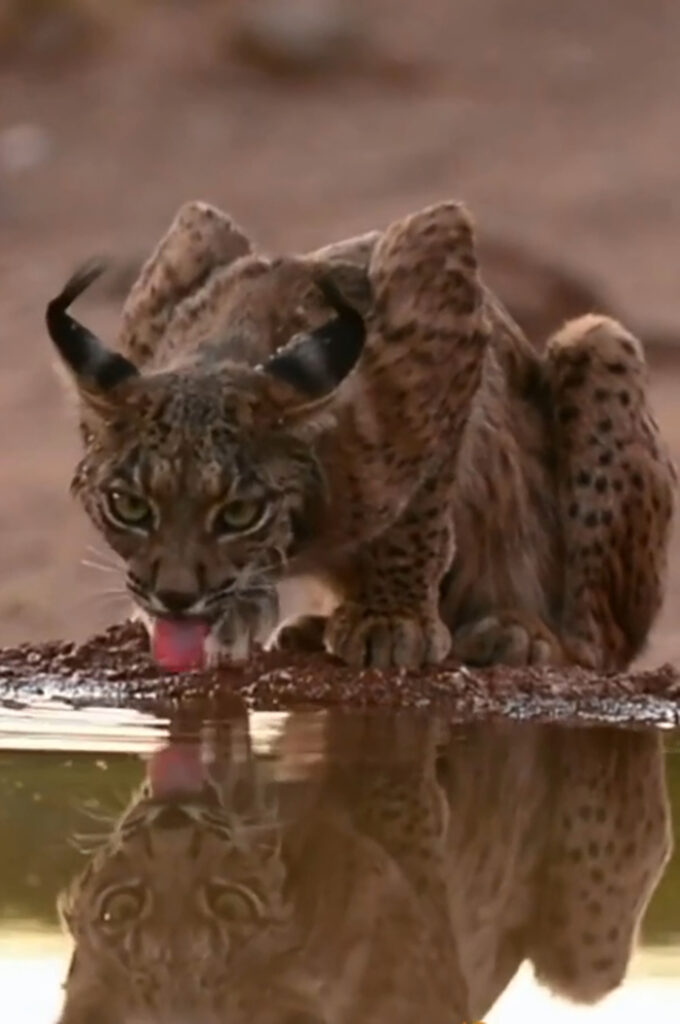
8. Songbirds Like This Indigo Bunting Use The Stars To Navigate While Migrating. Studies Show That The Birds Especially Rely On The North Star, Ursa Major, And Cassiopeia
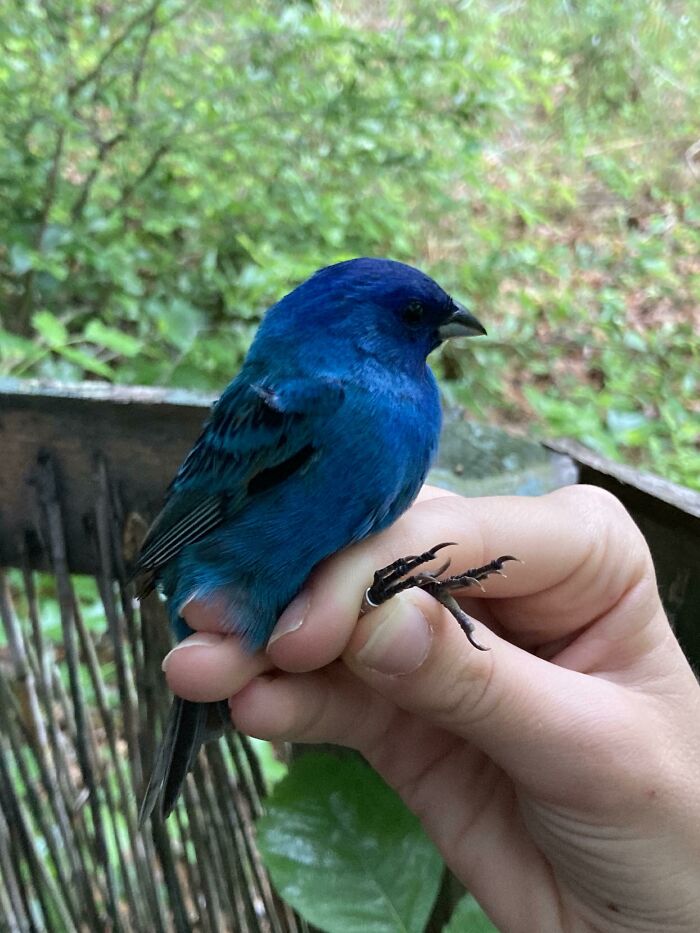
9. The Indian Giant Squirrel Can Grow To A Full Length Of Over A Metre
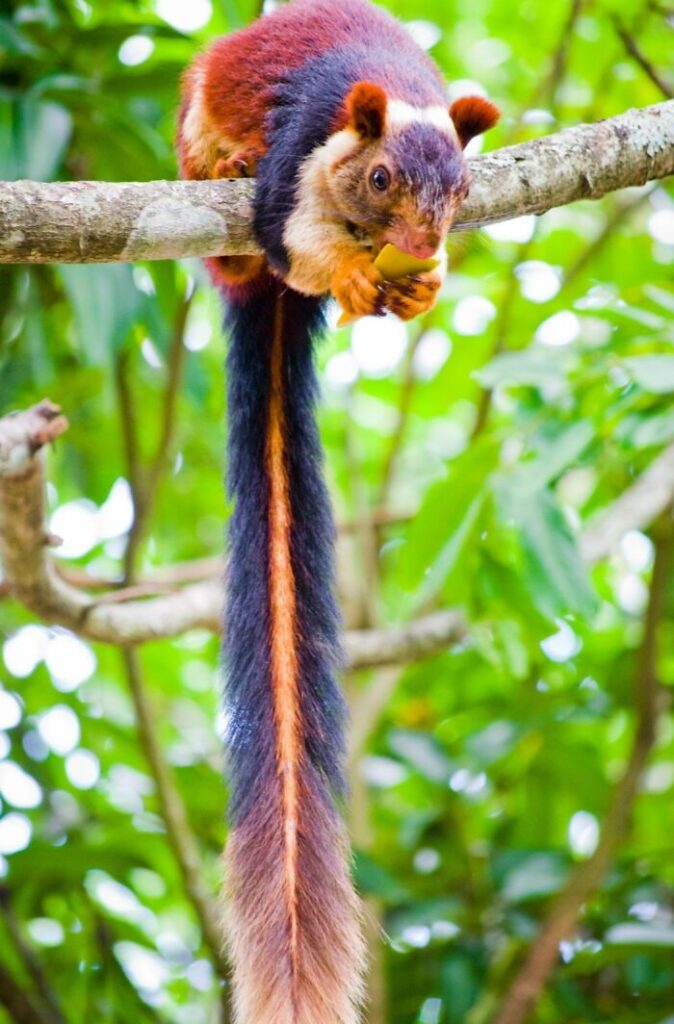
10. Bat-Eared Foxes Sleep Mostly During The Day In Their Burrows And Emerge At Dusk To Feed Mainly On Termites And Other Insects. As You Can Guess, They Have An Incredible Sense Of Hearing
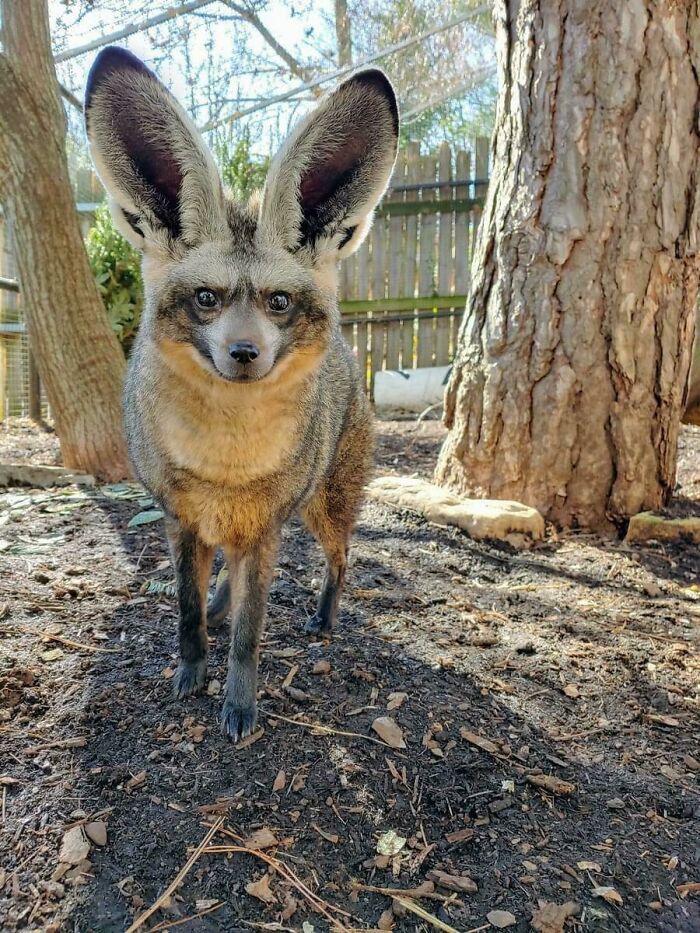
11. The Blue Fairy Penguin Is Indigenous To The Southern Coastlines Of Australia And New Zealand. They Are The Smallest Species Of Penguin In The World
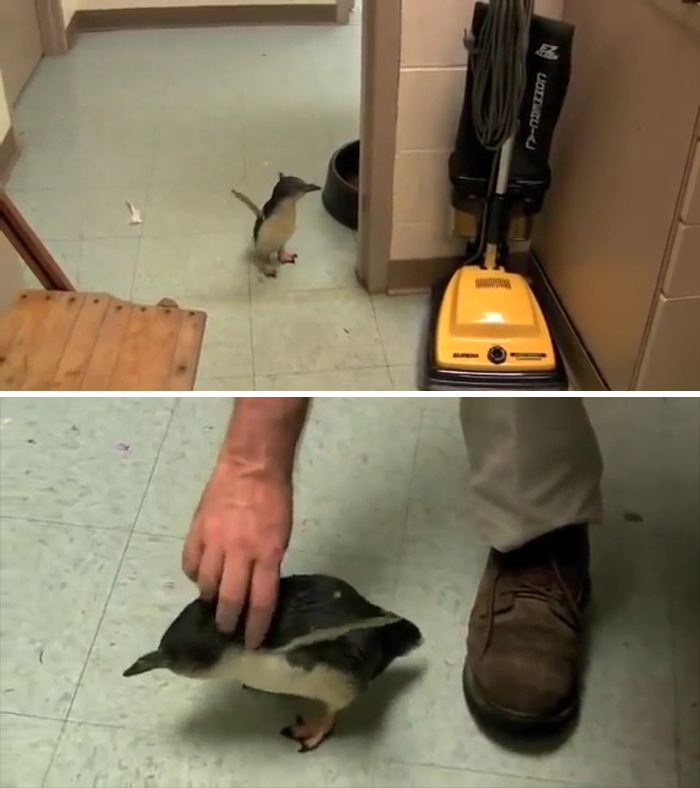
12. This Is A Baby Giraffe, Giraffes Are The Tallest Mammals On The Planet. Baby Giraffes Usually Will Be Able To Stand And Walk Within 5 Hours Of Being Born. They Stand Most Of Their Life And Need Very Little Sleep. Plus They Have The Most Adorable Babies
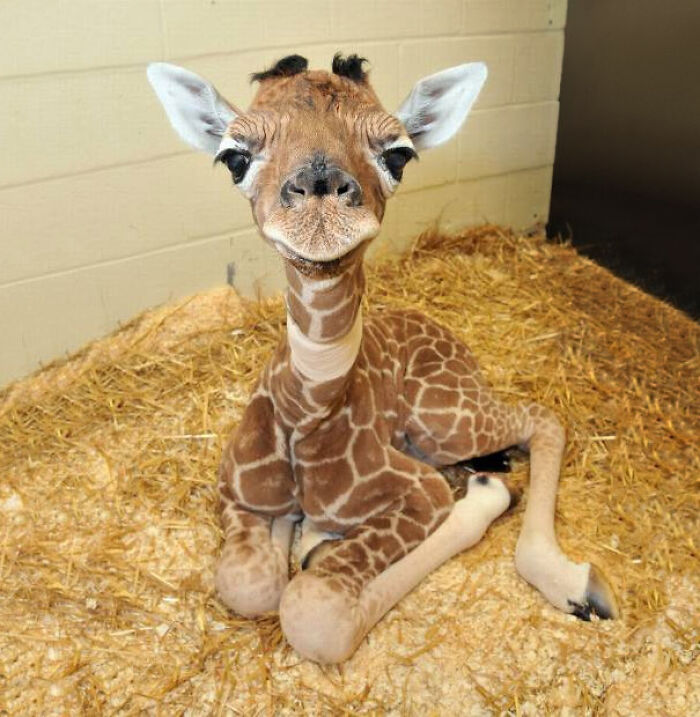
13. The Tufted Coquette Is A Hummingbird That Breeds In Eastern Venezuela, Trinidad, Guiana, And Northern Brazil. The Male, Pictured Here, Has A Rufous Head Crest And A Coppery Green Back With A Whitish Rump Band That Is Prominent In Flight. Tufted Coquettes Are Known For Being Quite Approachable
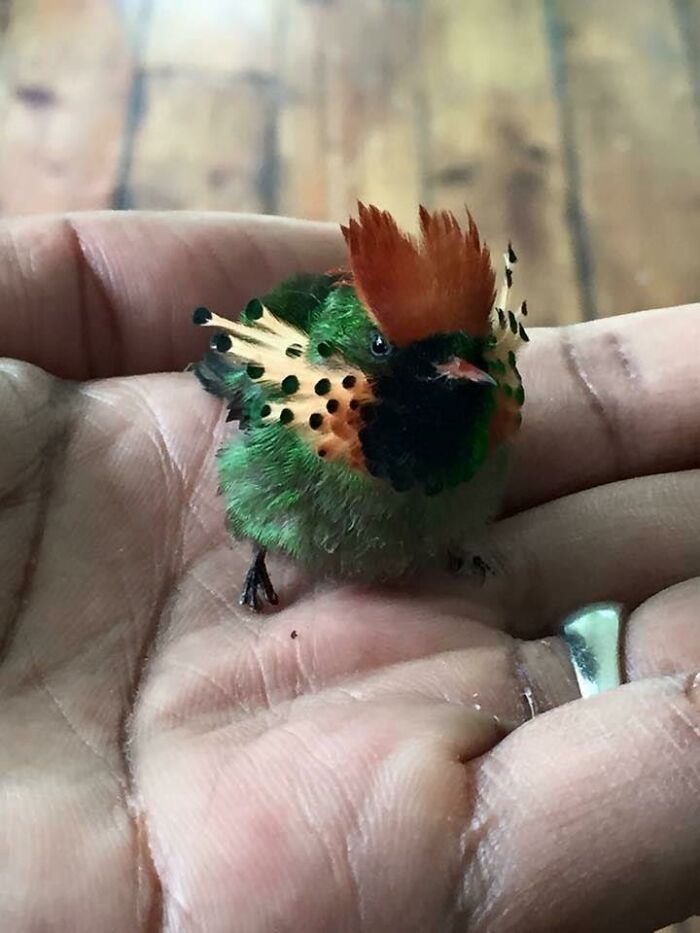
14. Desert Rain Frogs Live In Clusters (Also Called Armies), Are Near Threatened Species As Of 2016, And Love Burrowing!
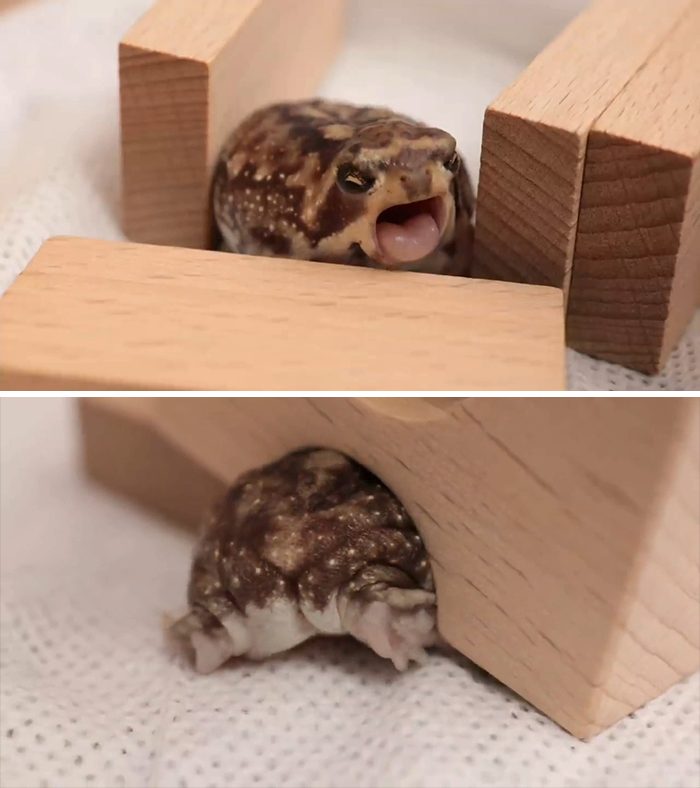
15. Bohemian Waxwings Have An Uncanny Ability To Find Fruit Nearly Everywhere, Almost Like They Have A Gps Tracker For Berries. Flocks Sometimes Turn Up In Desert Areas, Find An Isolated Shrub, Devour Its Fruit In Minutes, And Move On
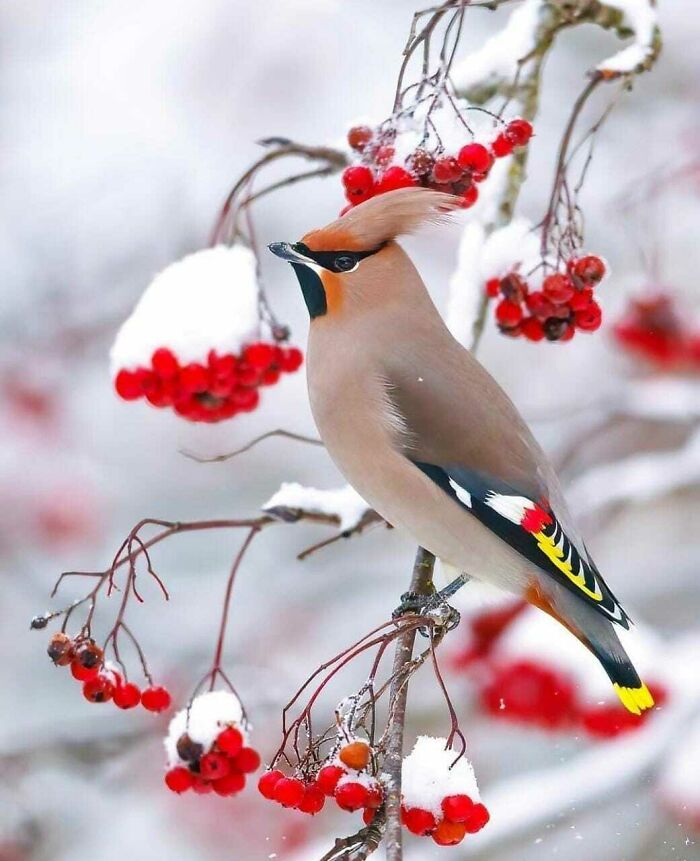
16. The Pink Fairy Armadillo Is The Smallest Species Of Its Kind. They Can Be Found In Central Argentina Amongst Sandy Plains And Dunes
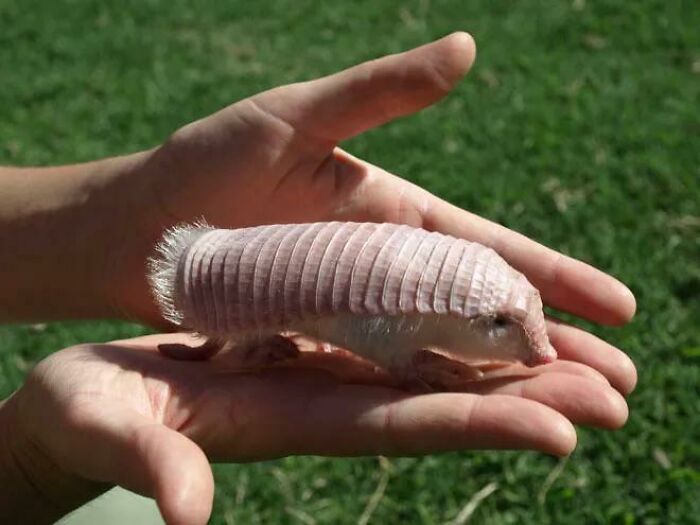
17. Owls Cannot Move Their Eyes, Only Their Heads
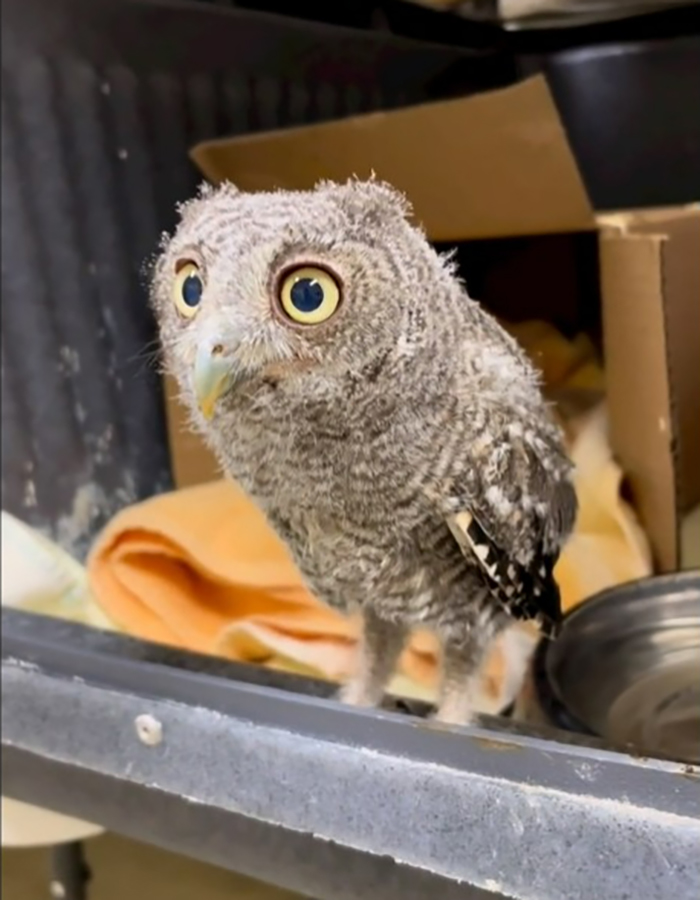
18. Rats Enjoy Being Groomed, And It’s Actually Good For Them. It Releases Endorphins And Oxytocin, Promoting Happiness And Social Bonding. It Reduces Stress And Promotes Good Health. Research Found That Rats That Were Groomed More As Babies Were Calmer, Braver And Had Better Immune Systems
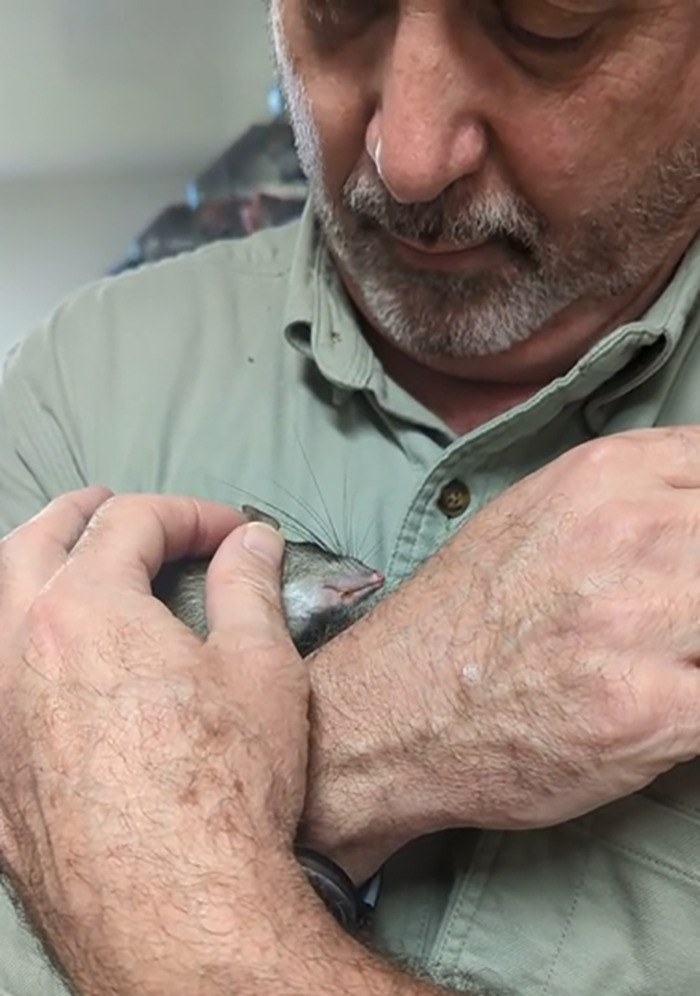
19. A Female Red Panda Was Recorded To Have Eaten 20,000 Bamboo Leaves In One Day! Red Pandas Need To Eat So Much Bamboo Because They Can Only Digest About 24% Of The Bamboo They Consume
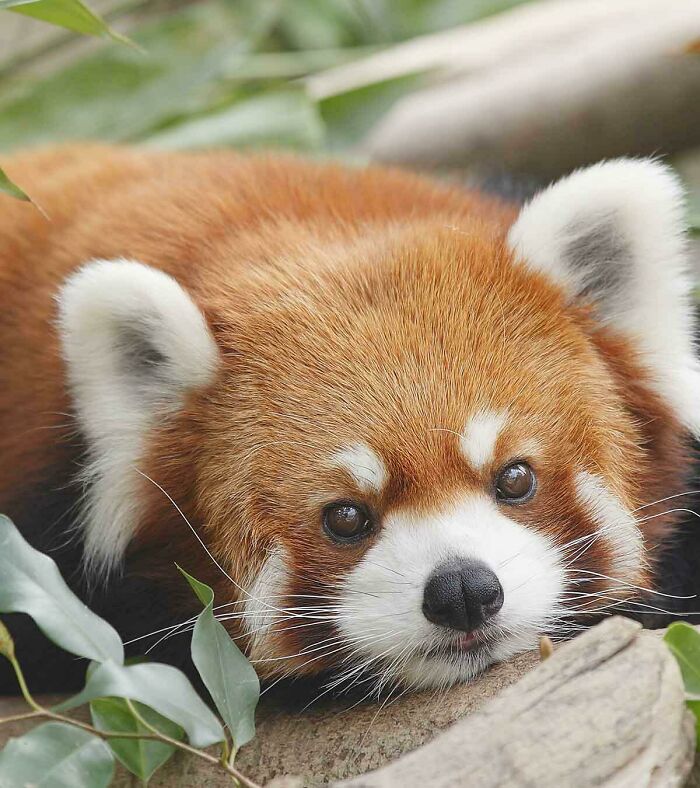
20. Capybaras Are Highly Social, And Can Be In Groups As Large As 100 Members!
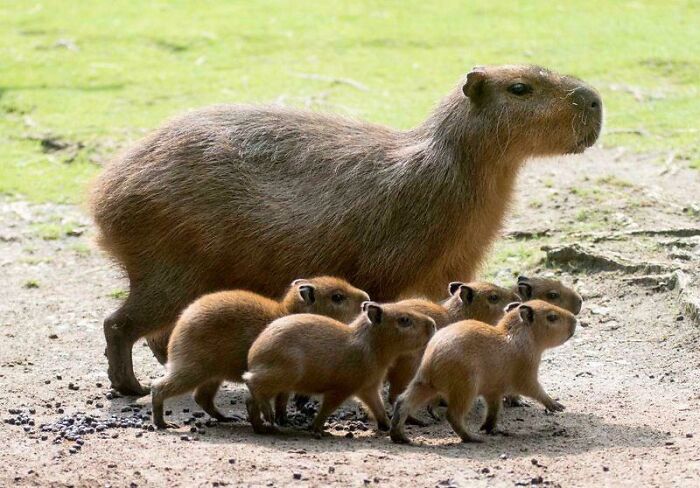
21. The Fossa Is Madagascar’s Top Predator. It Is The Only Animal That Hunts The Island’s Lemurs, Able To Move Swiftly Through The Trees
Unlike most animals, it isn’t active at a set time, making it cathemeral – it wakes and sleeps whenever it feels like it
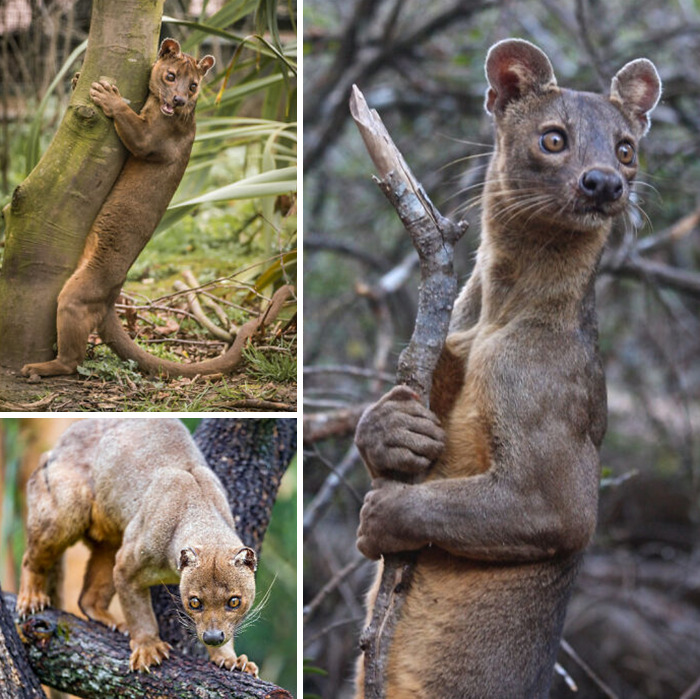
22. The Spectacled Bear Is The Last Remaining Member Of The Ursidae Subfamily Tremarctinae, Also Known As The Short Face Bears (Photo Credit: Anna Giulia On Instagram)
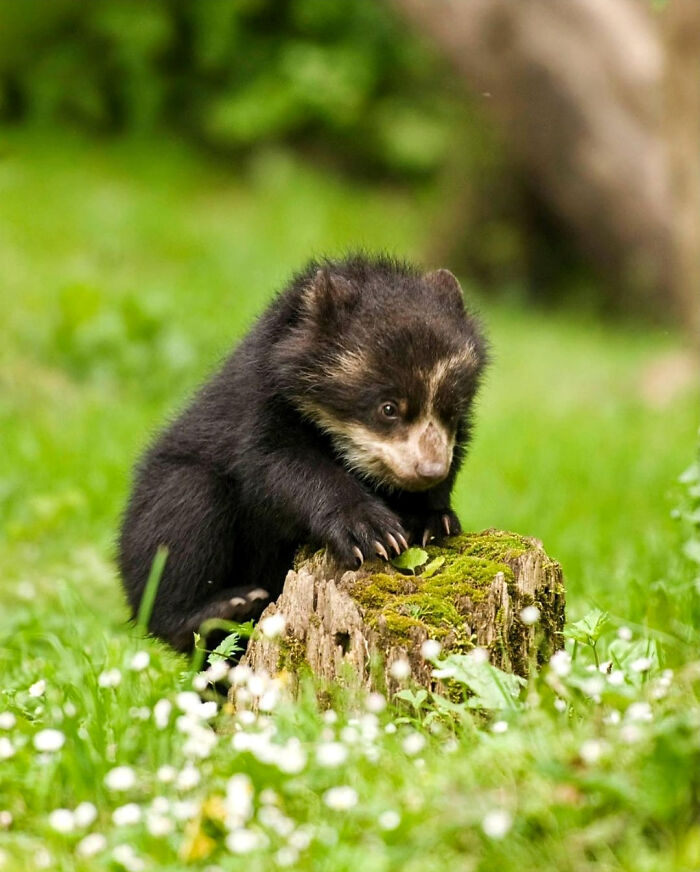
23. Japanese Honey Bees (Apis Cerana Japonica) Have A Unique Defense Against Raiding “Murder Hornets”. They Mob The Intruder And Vibrate So Intensely That They Boil The Hornet Alive
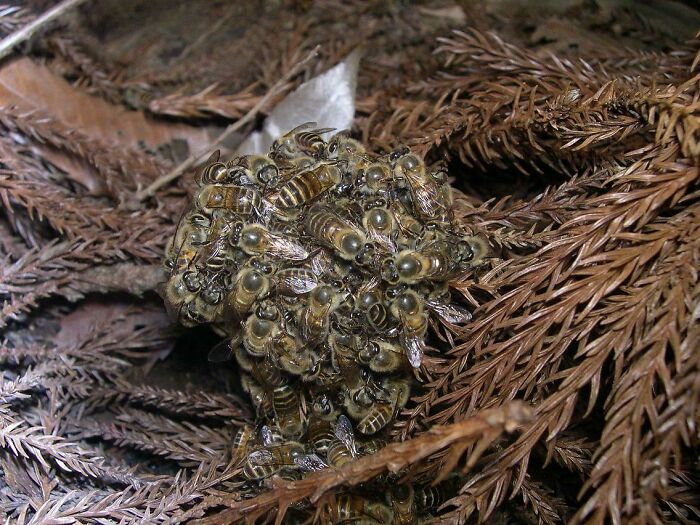
24. The Common Fruit-Piercing Moth May Be One Of The Major Fruit Pests Of The World, But Its Caterpillar Looks Like The Cosmos Itself
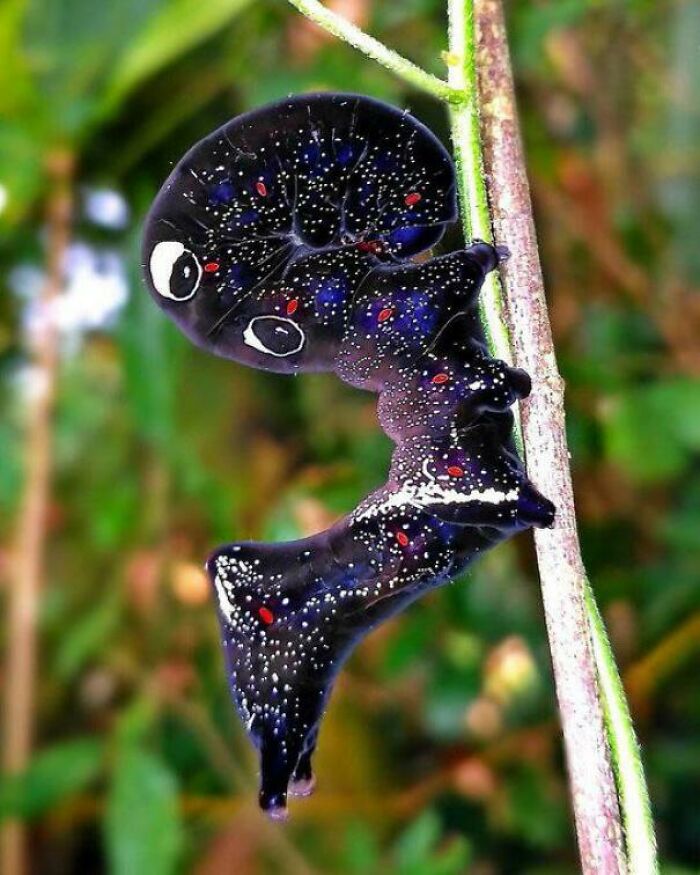
25. Young Hedgehogs Have To Learn How To Fully “Ball Up” As They Grow, It Isn’t An Immediate Process But An Important Step In Their Development
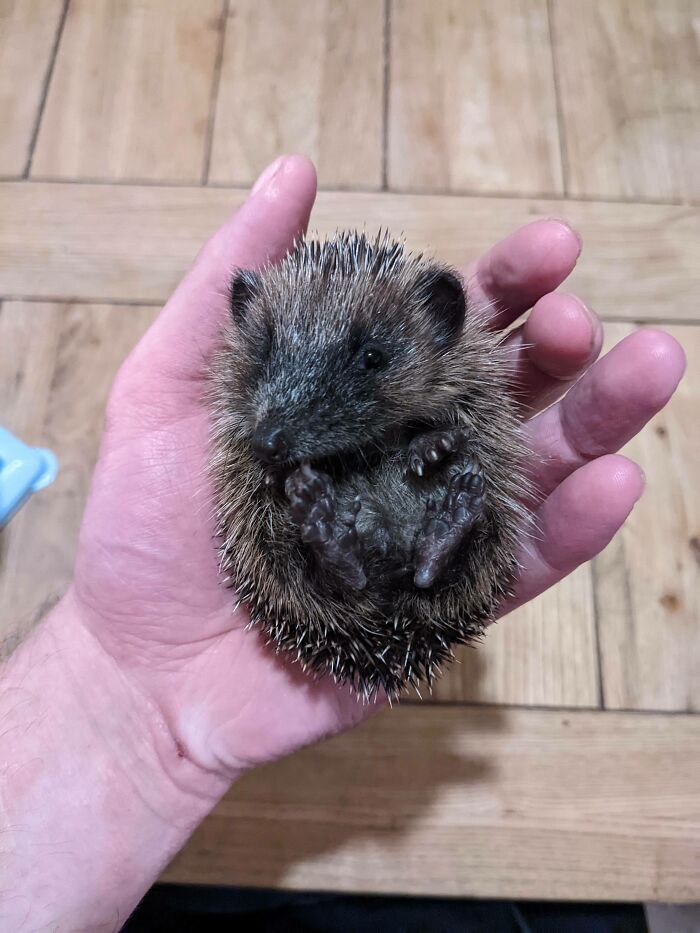
26. There Are More Than 530 Species Of Flowering Plants That Rely On Bats As Either Their Major Or Exclusive Pollinators

27. The Shell Of A Turtle Is Not An Exoskeleton, As Some People Mistakenly Assert. The Shell Is A Modified Ribcage And Part Of The Vertebral Column. It Cannot Be “Taken Off” (As Cartoons Would Lead Us To Believe) Anymore Than You Could “Take Off” Your Spine And Ribs
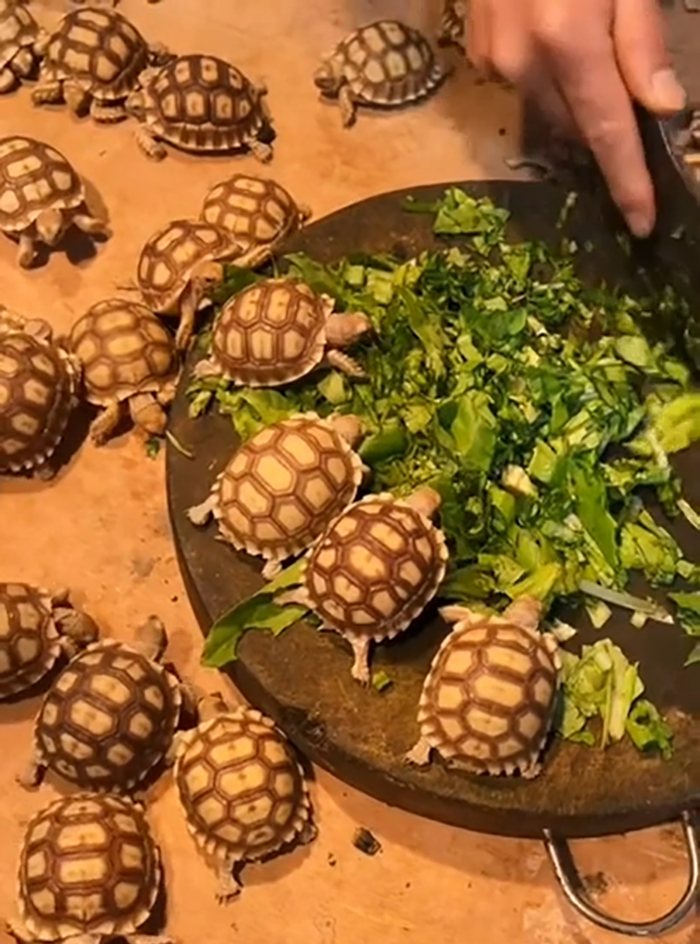
28. Red Fox Eat Fruit And Vegetables, Such As Apples, Pears, Carrots, Squash, And Berries
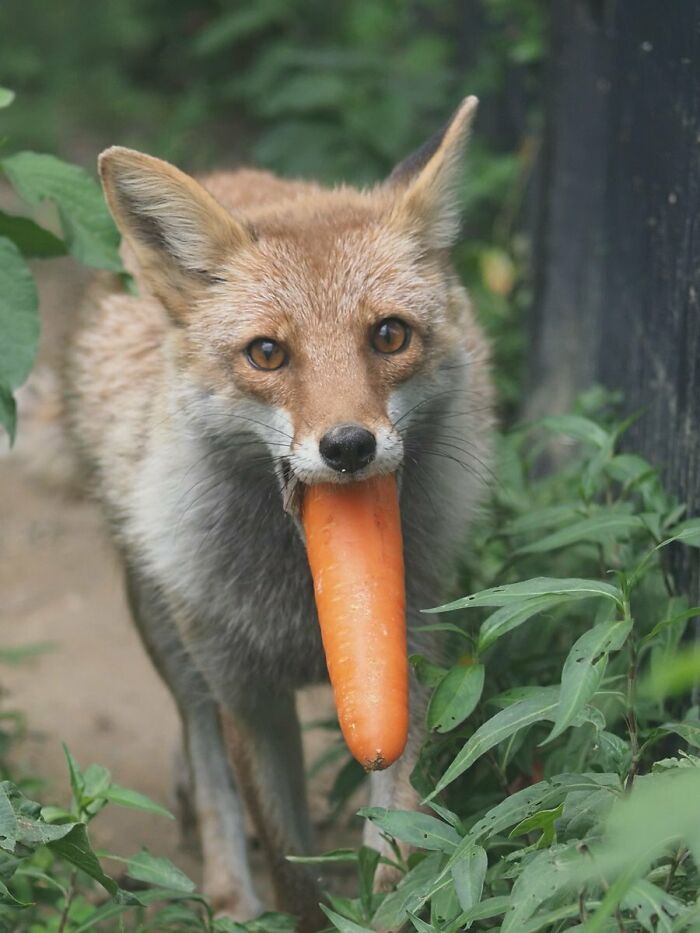
29. Hedgehogs Have Gestational Periods Ranging From 35 To 58 Days, Depending On The Species, And They Typically Have From 3 To 6 Babies, Called Hoglets
This hedgehog mom walks slowly enough to make sure her 7 hoglets are able to keep up with her
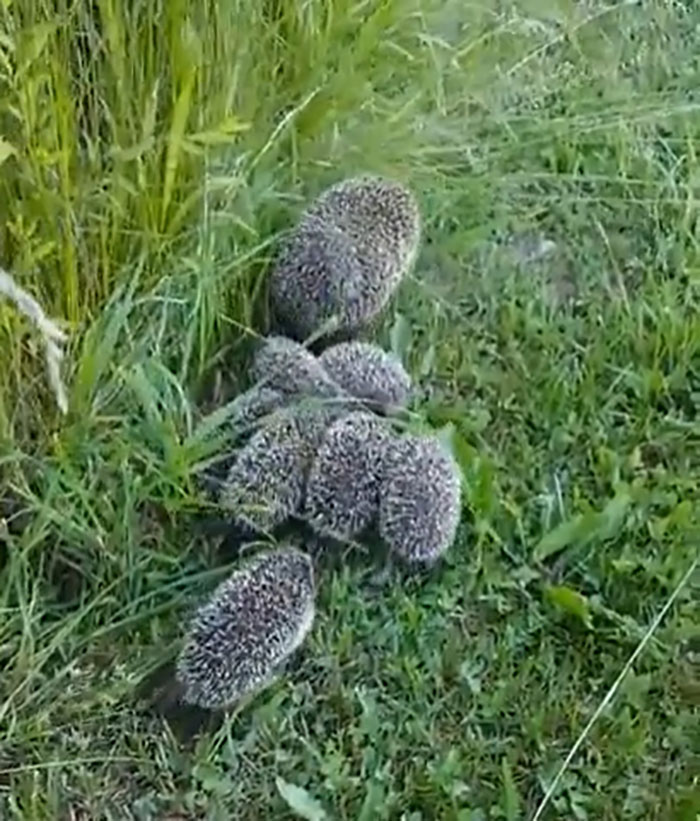
30. The Brazilian Porcupine Has A Prehensile Tail To Help It Climb Trees And A Rather Plump Nose To Help It Find Food In Its Native South American Habitats. Females Give Birth To A Single Porcupette In The Spring. At The Cincinnati Zoo, A Porcupette Named Rico Is Seen Here Munching On Corn On The Cob
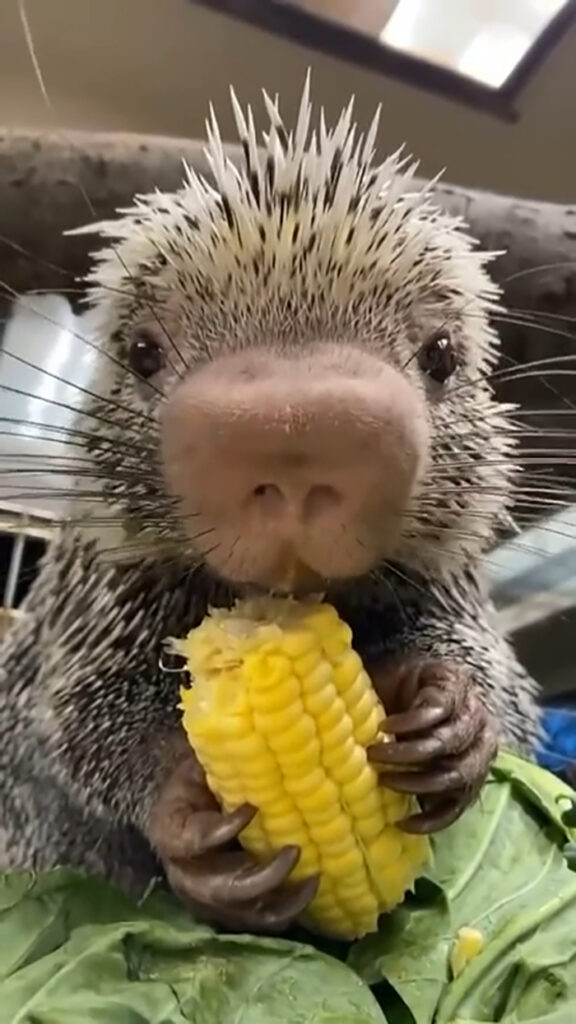
31. Bats Are Too Small And Their Hearts Are Too Powerful For Blood To Pool In Their Heads While Hanging Upside Down
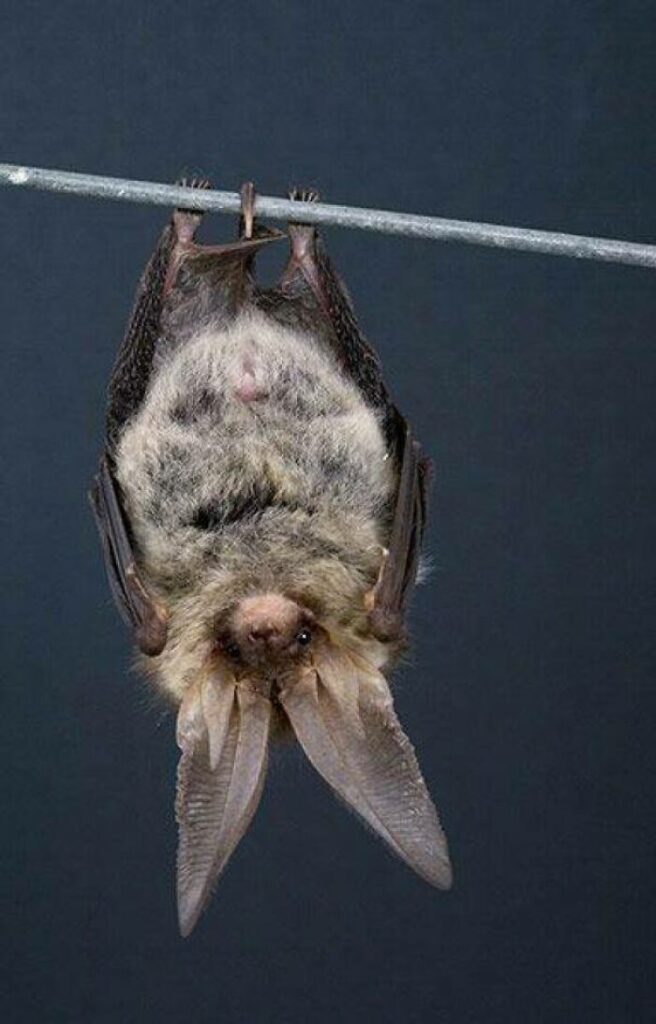
32. The Diamondback Terrapin Inhabits Brackish Tidal Areas Along The Eastern Us, From Cape Cod To The Florida Keys, And Bermuda. The Shell Can Vary In Color, Sometimes Quite Ornately, And Its Skin Often Has A Pattern Of Black Markings Or Spots. There Are Seven Known Subspecies Of Diamondback Terrapin
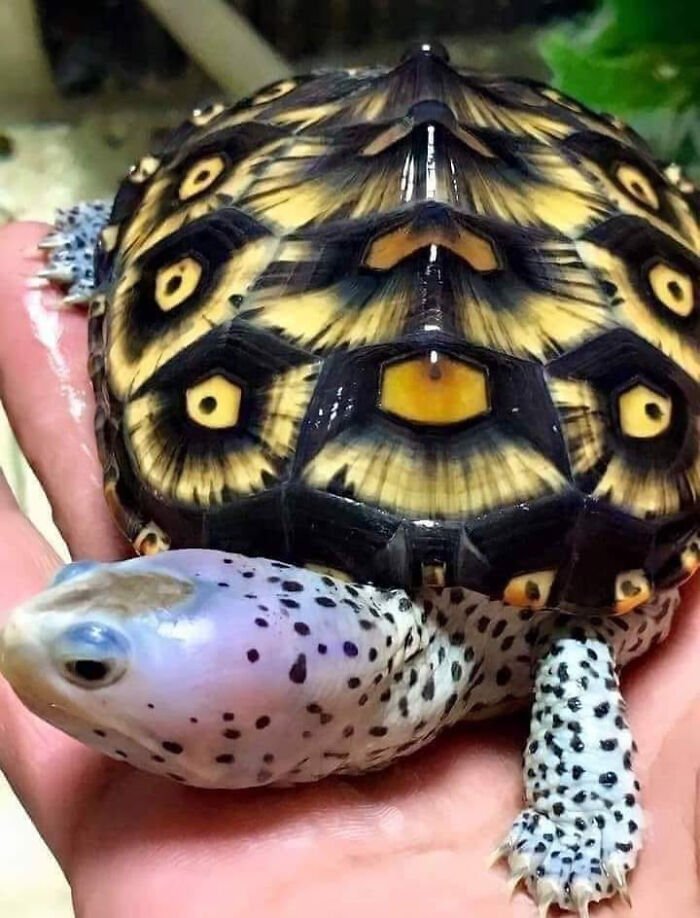
33. Honduran White Bats Nest In Heliconia Plant Leaves, By Building Upside-Down V-Shaped ‘Tents’
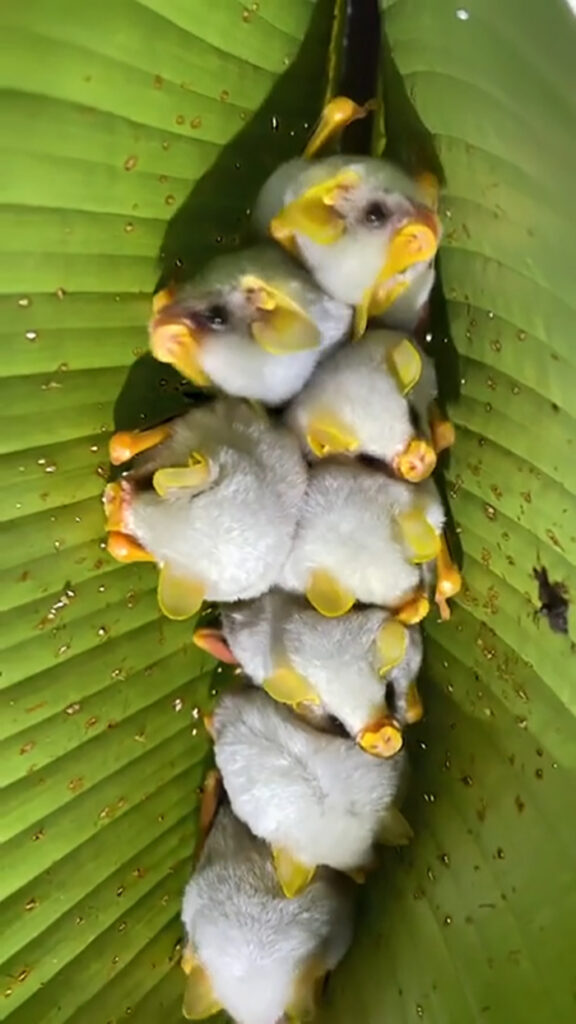
34. Dogs Notice When Computer Animations Violate Newton’s Laws Of Physics. This Doesn’t Mean Dogs Necessarily Understand Physics, With Its Complex Calculations. But It Does Suggest That Dogs Have An Implicit Understanding Of Their Physical Environment
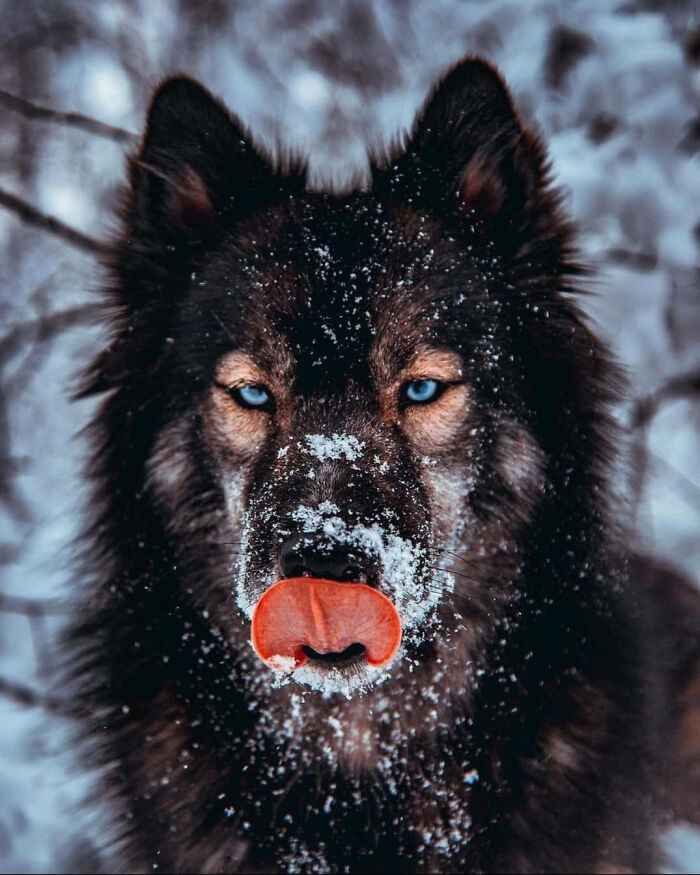
35. This Is A Brown Long-Eared Bat Pup (Plecotus Auritus). When Fully Grown, They Use Those Large Ears To The Locate Insects It Feeds On. They Are Found Throughout Europe And Will Sometimes Roost In Human Structures, Such As Bridges And Buildings
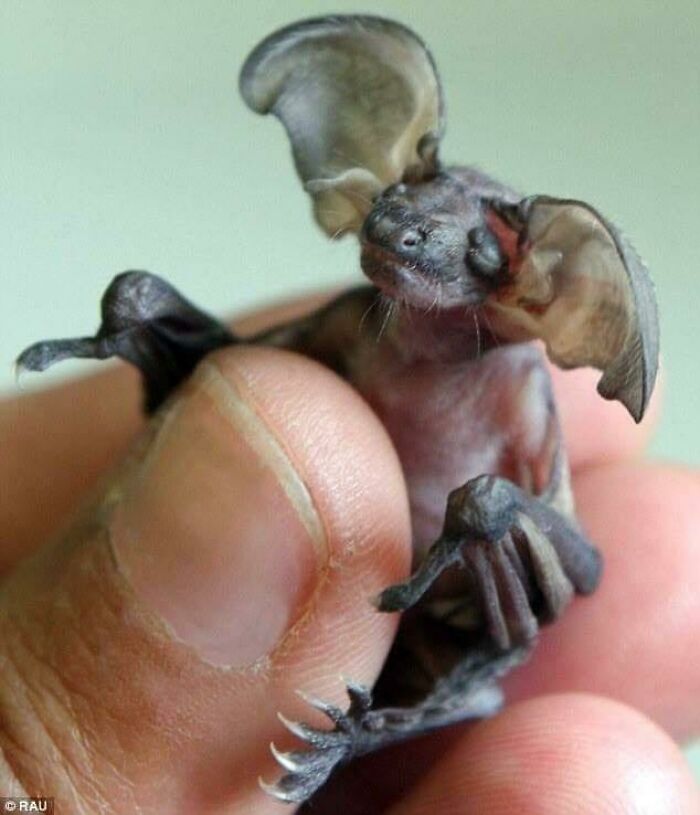
36. The Tropical Pitcher Plant (Nepenthes Hemsleyana) Attracts Bats By Reflecting Their Echolocation Cries. It Serves As A Shelter For Bats – They Crawl Inside In The Morning, Sleep There During The Day, And Leave At Night. In Return For Shelter, The Bats Poop Into The Plant, Providing It With Nitrogen
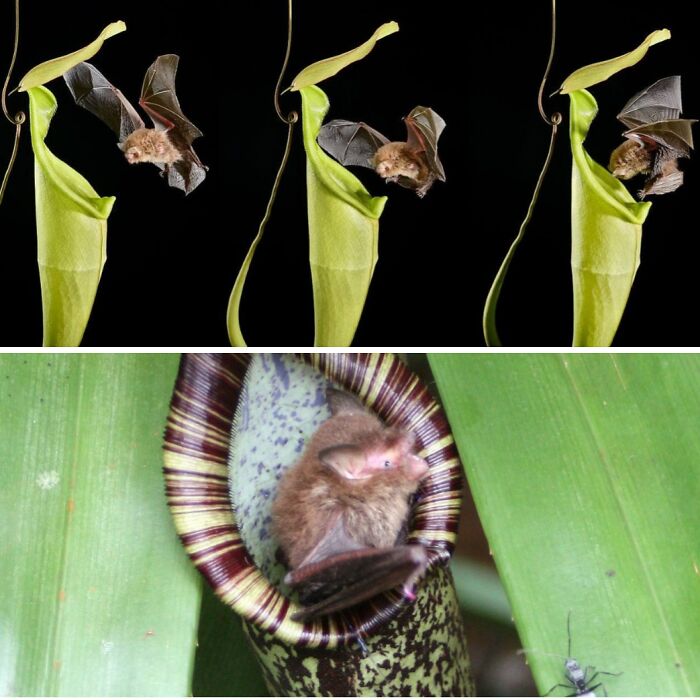
37. The Long-Eared Jerboa Has Ears That Are Two-Thirds As Long As Its Body
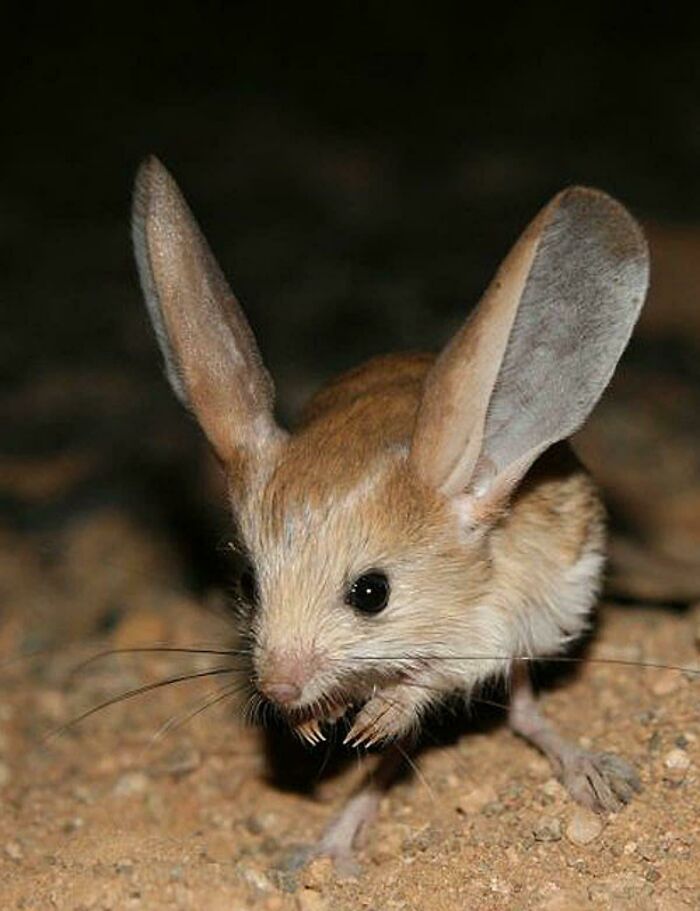
38. The Male Cardinal Fiercely Defends Its Breeding Territory From Other Males. When A Male Sees Its Reflection In Glass Surfaces, It Frequently Will Spend Hours Fighting The Imaginary Intruder
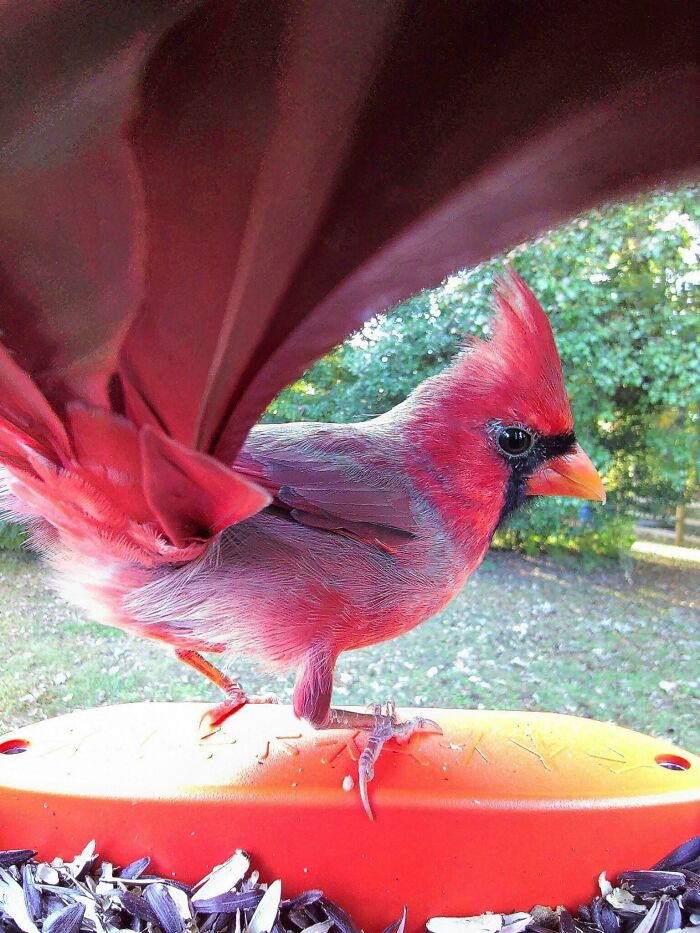
39. African Wild Dogs Hunt By Approaching Prey Silently, Then Chasing It At Up To 66 Km/H For 10-60 Minutes. On Average, The Chase Covers Around 2 Km. They Have A Hunting Success Rate Of 60-90%, Making Them More Consistently Successful Than Lions Or Hyenas. (Photo Credit: Mark Nicholson – Instagram)

40. Granulate Shellback Crab. Lil’ Pancake Cousin To The Hermit Crab, Makes Its Own Armor Out Of An Old Bivalve Shell!
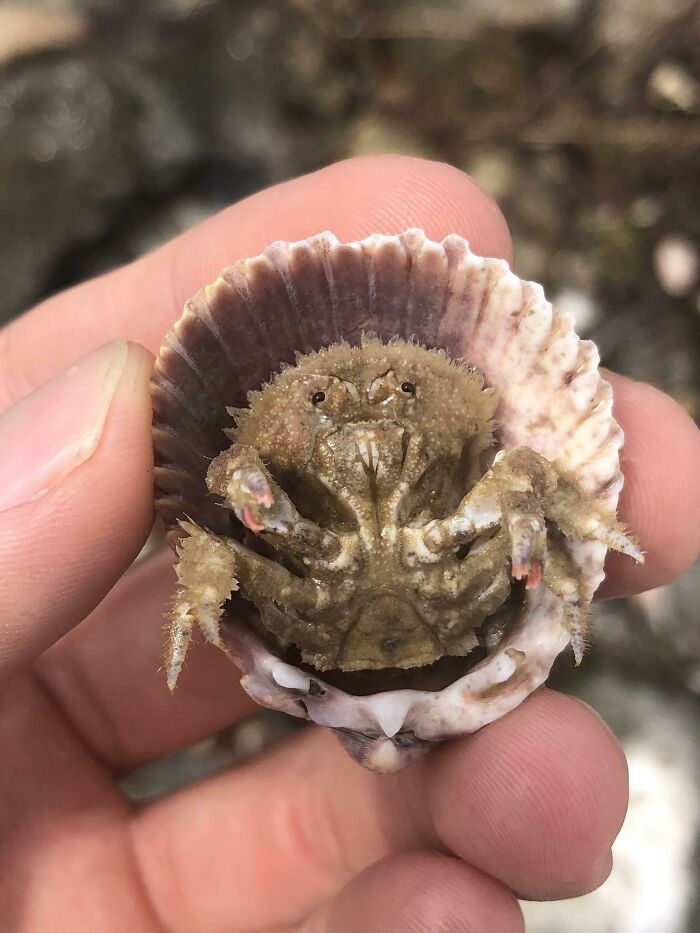
41. Wild Sea Cows Have Been Observed Eating Over 60 Species Of Aquatic Plants, Especially Sea Grasses And Algae, But They Will Also Eat Land Grass If The Opportunity Presents Itself
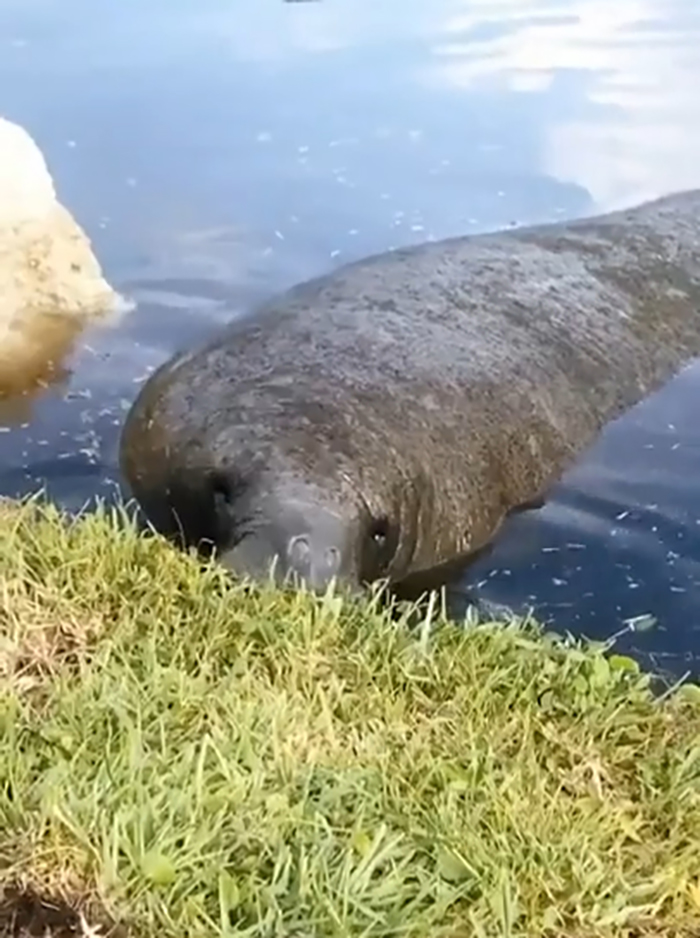
42. Some Frog Species Such As The Four-Eyed Frog (Top) Have Evolved Poisonous Glands That Serve As ‘Eyespots’ On Their Rears. Raising Their Rears, And Sometimes Inflating Them Like The Cuyaba Dwarf Frog (Bottom), They Trick Predators Into Thinking They’re The Heads Of Larger Animals
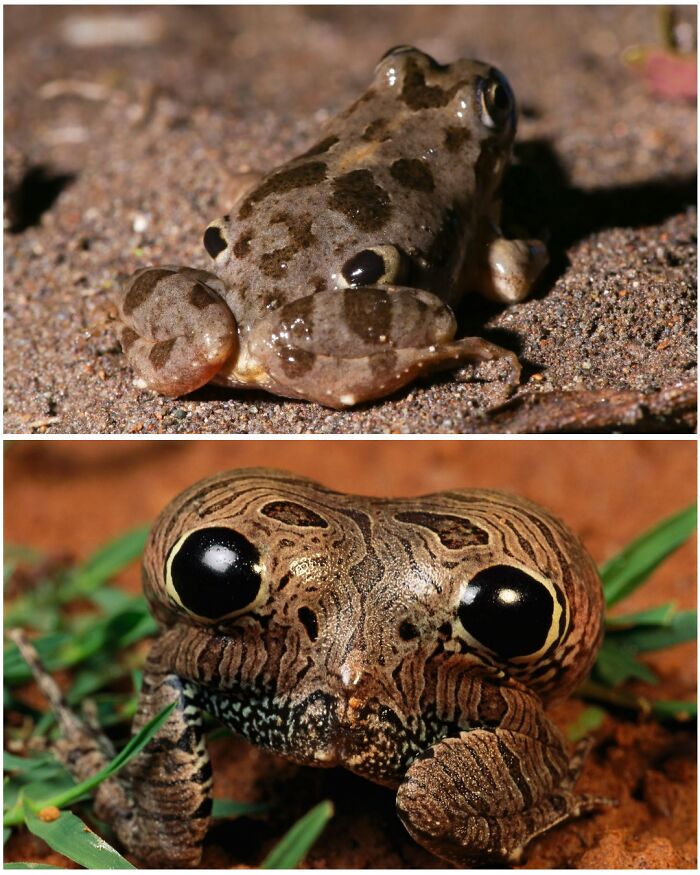
43. Maleo Birds Live On Volcanic Islands And Use Geothermal Heat To Incubate Their Eggs. They Find A Spot At An Ideal Temperature (Around 33°c Or 91°f), Bury Their Eggs In A Sandy Hole, Then Leave And Never Return. The Hatchlings Dig Their Way Out – Born Totally Independent With The Ability To Fly
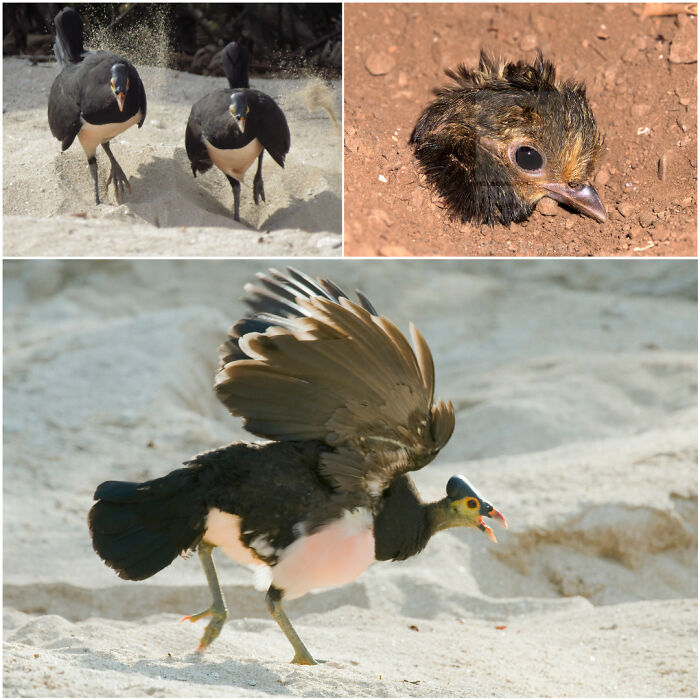
44. When Small Fish Are Threatened By Larger Fish In The Ocean, They Sometimes Have Unique Ways To Evade Them. The Versuriga Anadyomene Is A Species Of Jellyfish Known To Serve As A “Floating Safe House” For Small Fish. As Yellowtail Fish Cower Inside This One, Trumpet Fish Try But Fail To Catch Them
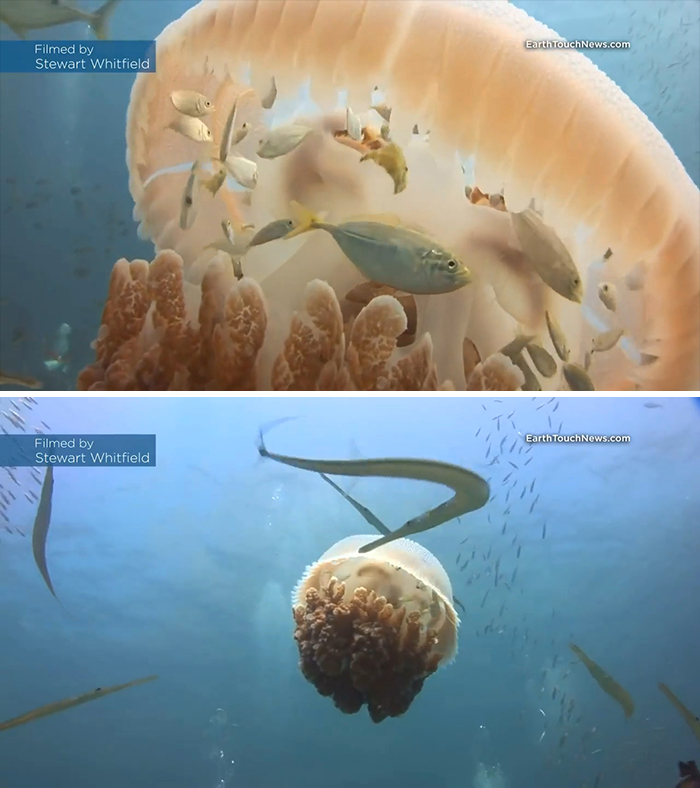
45. The Sword-Billed Hummingbird Has The Longest Beak To Body Ratio Of Any Bird
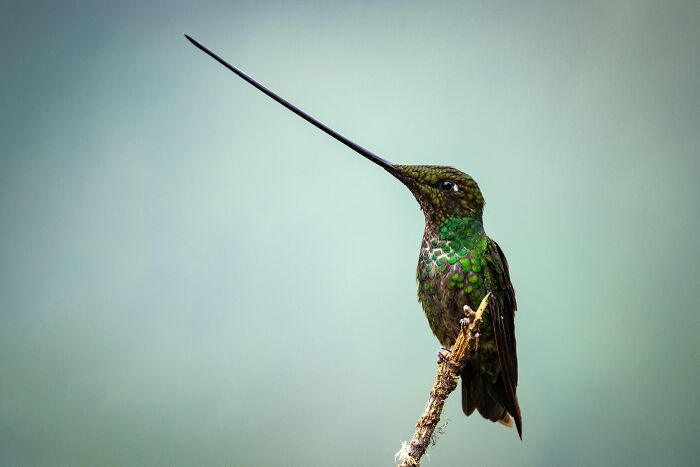
46. The Ostrich, Of Which There Are Two Living Species (Common Ostrich And Somali Ostrich), Is The Only Extant Bird Species Which Has Two Toes On Each Foot. This Adaptation Allows Ostriches, The Largest And Heaviest Birds On The Planet, To Attain Speeds Of 40 Mph Over Long Distances
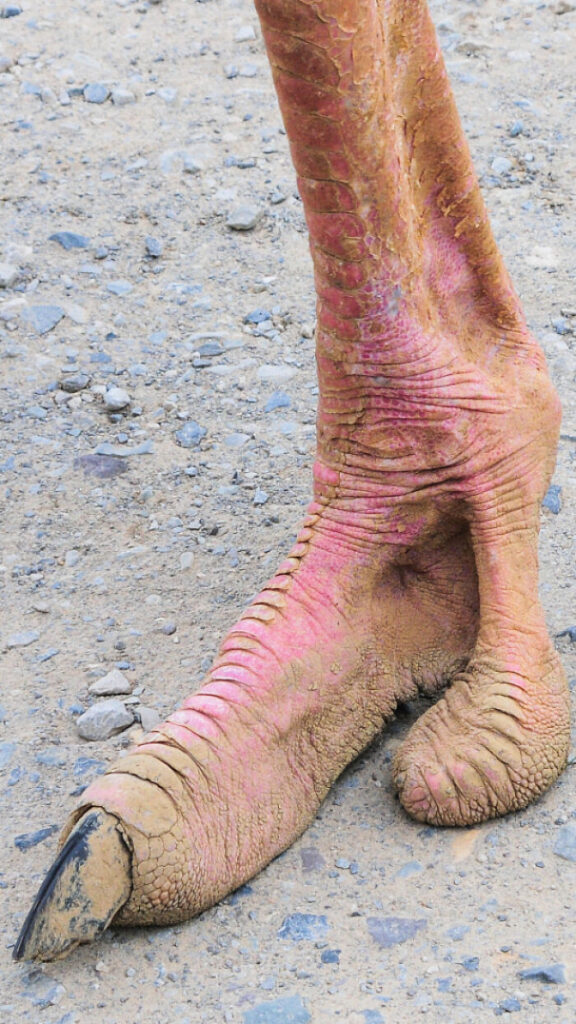
47. Manatees Are Found In Freshwater And Saltwater And Often Pass Through Narrow, Shallow Tidal Creeks
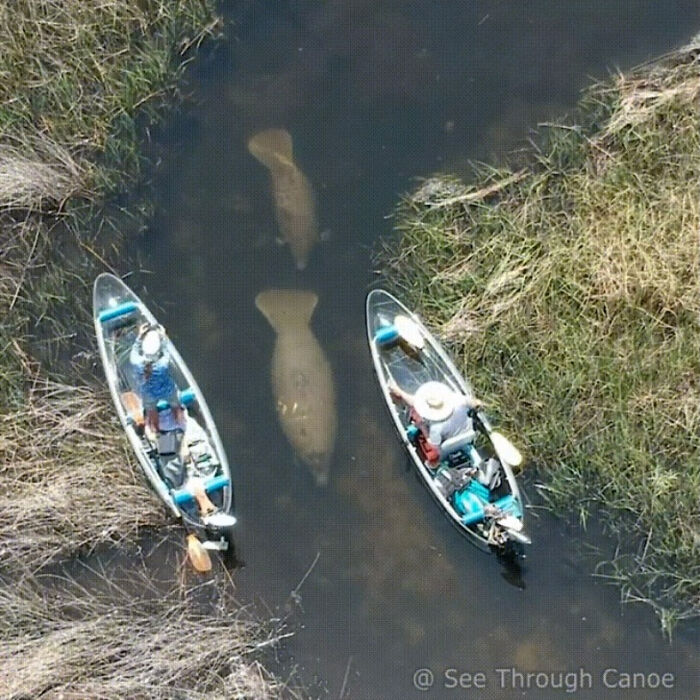
48. Some Turtles Can Swim Backwards. This One Just Saw A Couple Manatees Pass Beneath It
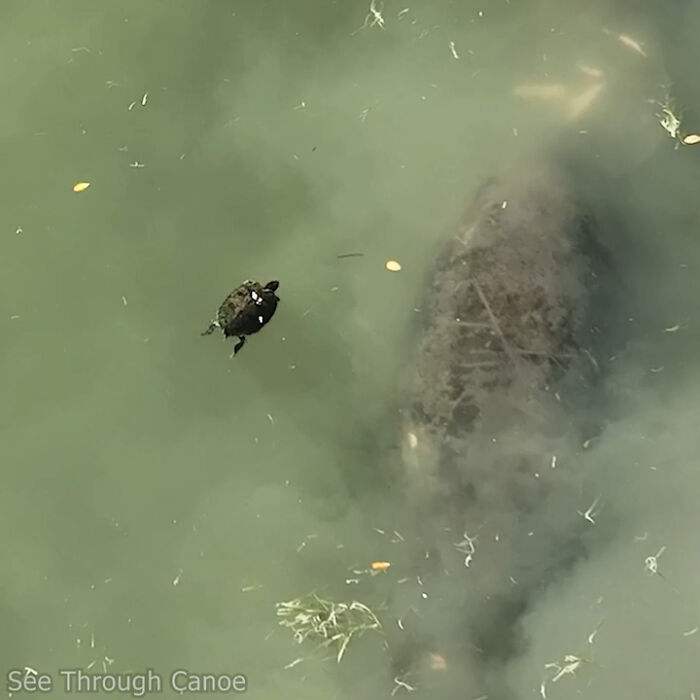
49. Sea Squirts! One Of The Few Invertebrate Chordates. When They’re Young, They Have A Backbone (Notochord) And A Brain, But They Lose Them At Maturity
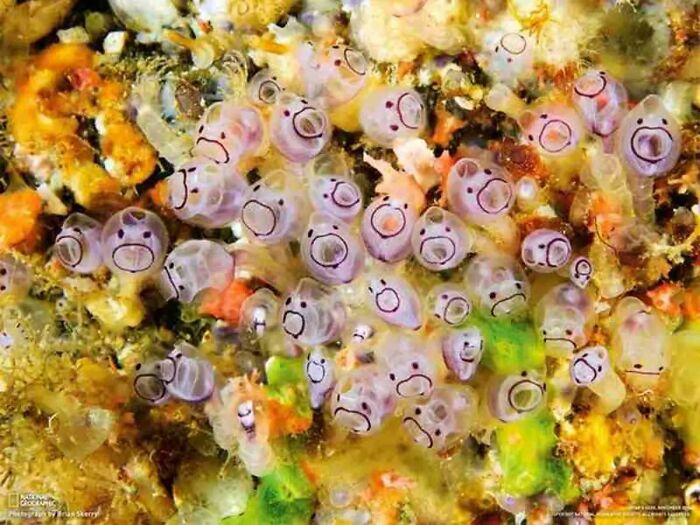
50. Hippos Have Self-Sharpening Teeth Which Are Used For Both Chewing And Combat. On Average, Hippos Have 36 Teeth; Their Molars Do The Hard Work Of Grinding Down The 40kg Of Plant Material They Consume Each Day. This Hippo Is Getting A Thorough Dental Hygiene Check And Cleaning At A Zoo In Osaka
